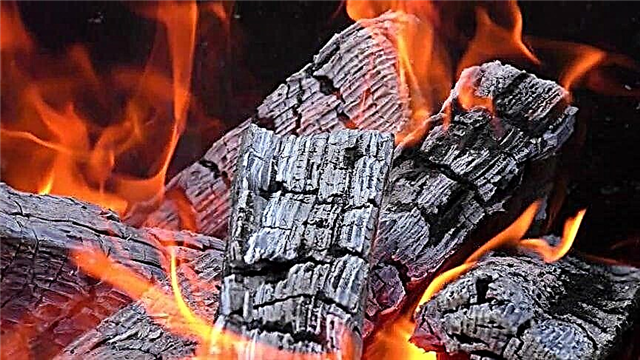
If you attach a bell of a sea acorn shell or any other large shell to your ear, you can hear distant rumble. The impression is that sea waves rise and break in the sink.
Therefore, sea shells are often brought home from the beach and taken to places remote from the sea, as a living memory of it. Of course, it is very tempting to think about the surf, but in the sink we hear not the sound of the sea. This is an echo and a repeated echo of those sounds that enter the sink from the outside.
Echo and sink
Echoes are sound waves reflected from a smooth hard surface, which we hear as a repetition of some noise.

If you enter the cave and shout loudly, then after a split second you will hear your own voice, which has returned to you, reflecting off the walls of the cave. Imagine sound waves like waves running through a wheat field on a windy day.
Interesting fact: sounds entering the sink are repeatedly reflected by its walls.
Sound waves are also transmitted through the air, that is, sound is the vibration of the air. When sound passes through the air, air molecules rhythmically compress and diverge, passing this process on. Rhythmically repeated compression and rarefaction of air - these are sound vibrations.
But sound vibrations are transmitted not only by air. They pass through other materials, such as wood. Stand in front of a closed wooden door and shout something loudly.First, your vocal cords will oscillate, transmitting these vibrations to the air. Air will transmit vibrations to the door tree. A vibrating door will cause air to oscillate across the side of the door. The vibrating air will reach the ears of your father, who is standing outside the door. “Why are you shouting so loudly? Stop!" He will say, and you, in turn, will hear him very well.
But if you scream in a cave, then the material of the walls does not absorb the sound, but reflects it back to you, just like a mirror reflects light. True, instead of seeing your reflection, in this case you hear your voice. Surfaces reflecting sound - a mirror for the ears. In Europe, there are valleys surrounded by mountains that are famous for their echoes. The signal of a hunting horn can bounce off the mountains about 100 times before it goes quiet.
The sound of the sea in the sink

The mention of the multiple reflection of sound returns us to the sea shell. For listening, the so-called surf, the best shells are multi-chamber. These cameras are like a suite of rooms in an empty house. The walls of the sink are smooth and hard, so even faint sounds entering the sink are reflected and once again reflected from all the numerous walls. All external sounds - voices, music, slamming doors - merge in the sink into a rumbling noise.
A conch can catch your heartbeat and return it to your ears, creating an exciting rhythm of surf. The wonderful sound effect produced by an ordinary echo almost completely imitates the voices of the sea.












